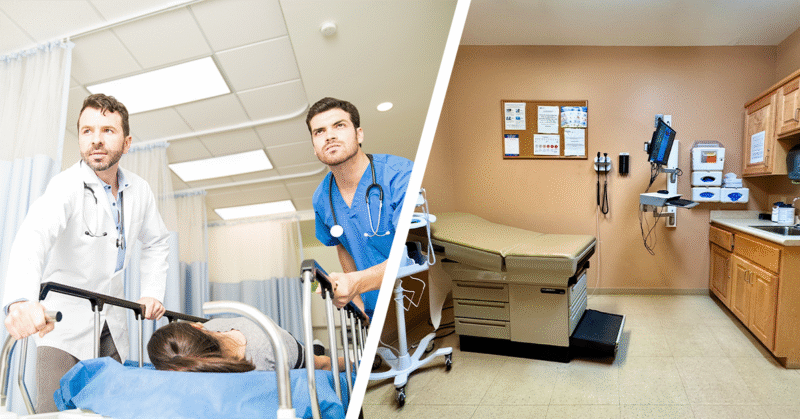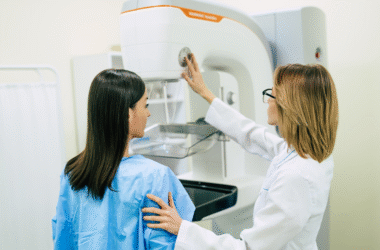During a medical emergency, making the right decision about where to seek care can change everything. Emergency Rooms (ERs) and Urgent Care centers serve different purposes, and understanding the distinction could save time, money and potentially, lives.
What Is the Difference Between ER and Urgent Care?
- Emergency Room (ER): Equipped to handle life-threatening or severe conditions. Open 24/7 and staffed with specialists who can perform complex tests, imaging, and emergency surgery.
- Urgent Care: Designed to treat non-life-threatening issues, like illness or injuries, that still require prompt attention. Typically, open extended hours, but not 24/7, and usually a quicker and more affordable option than the ER.
When to Go to the ER
Choose the Emergency Room for conditions that are severe, life-threatening, or require immediate advanced care. Call 911 if the situation is critical.
Go to the ER for:
- Chest pain or pressure (signs of a heart attack)
- Difficulty breathing or shortness of breath
- Severe abdominal pain
- Head injuries or loss of consciousness
- Stroke symptoms (slurred speech, facial droop, weakness on one side)
- Seizures
- Major trauma (e.g., car accidents, deep wounds, fractures with bone exposed)
- Heavy, uncontrollable bleeding
- Severe burns
- Sudden vision loss
- Poisoning or suspected drug overdose
- High fever in infants under 3 months
When to Go to Urgent Care
Urgent Care clinics handle a wide range of medical issues that aren’t emergencies but still need timely attention, especially when your primary care doctor is unavailable.
Go to Urgent Care for:
- Mild to moderate flu or COVID-19 symptoms
- Minor cuts needing stitches
- Sprains or simple fractures
- Mild asthma or breathing issues
- Earaches or sore throats
- Urinary tract infections (UTIs)
- Rashes, insect bites, or allergic reactions without difficulty breathing
- Eye irritation or pink eye
- Vomiting or diarrhea without signs of dehydration
- Mild burns or injuries
- Sports injuries
Cost and Wait Time Differences
- ER: Generally more expensive and has longer wait times, especially if your condition is not life-threatening. ER visits often involve hospital facility fees and diagnostic testing.
- Urgent Care: Less costly and often faster. Most centers accept insurance and offer upfront pricing for uninsured patients.
Here are some tips on How To Decide:
- If you think it might be a life-threatening emergency, don’t hesitate: go to the ER or call 911.
- Keep the addresses and hours of nearby Urgent Care centers and hospitals saved.
- Some Urgent Care centers offer wait times or check-ins online.
- For minor symptoms, virtual care may be a helpful first step.
Choosing between the ER and Urgent Care depends on the severity and urgency of your condition. When in doubt, prioritize safety, but knowing the difference can help you avoid unnecessary stress and costs.
It is important to monitor your health regularly to prevent, detect, and manage potential risks. At University Medical Center of El Paso (UMC), our health professionals are here to support your overall well-being. Call 1-800-473-8440 or 915-479-3484 today to schedule an appointment, or visit www.umcelpaso.org to learn more.








